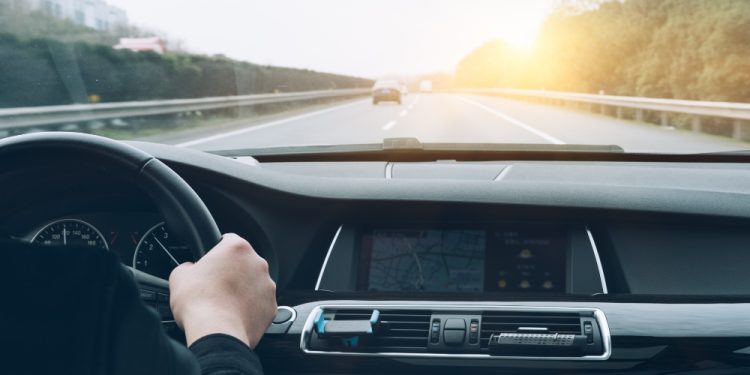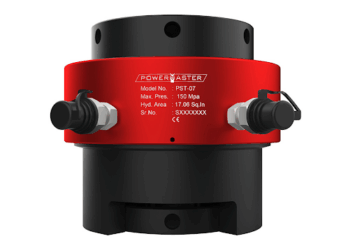Naturally, in the changing climate, as a result of which extreme weather events become a more regular occurrence in Dubai, drivers have to adjust to these new realities to be able to ensure their safety while driving. From quick storms to heat waves, this article, which is specific to Dubai’s conflicts, presents tips aimed at assorted situations. Adapting the knowledge and observations of astute local drivers and safety advisers, we have compiled recommendations on how to prepare your vehicle, change your driving habits, and apply technology to a new set of circumstances.
Regardless of whatever challenges we may have because of broken-down roads, sandstorms, or anything, in this article, here are a couple of tips for you to know on how to survive any storm. Following such recommendations, you can keep your commute and decrease the risk along the way. We shall now look at long-standing methods to drive smart all year round.
The way Dubai’s Weather Affects Driving
The climate in Dubai is consider to be that of a hot, arid Desert with unbearably hot summer seasons, making very short, mild winters the only good advantage. Such drastic weather conditions result in very harsh driving in the Emirate, and hence, motorists must be extra careful in order to avoid any risky travel.
The temperatures sometimes reach 40°C (104°F) during the summer months, i.e., from June- August, and there is a high risk of overheating, especially those stuck in traffic or left on the road due to a car breakdown. Before venturing out into the wild during long trips, ensure that your motor vehicle’s air conditioning is working well. However, pack enough drinking water to avert the trouble of dehydration due to any delay. The average agony outside can be orchestrated through driving during the dullest hours of the day – early morning and late night.
Dubai, in fact, has irregular but strong rains, and during such periods, roads become flooded. As such, do not try to drive through deep water or flood; you might end up damaging your vehicle or might even lose control of it. Avoid moving on after floodwater develops.
Local sandstorms, ‘haboobs,’ commonly blow up all over Dubai, reducing visibility to close to zero and bringing high-octane danger while driving. When a sand storm is found, make sure that the driver stops behind a wall and waits it out. Do not drive until your vision has markedly improved.
While driving in Dubai, one has to be mindful and careful in order to get through the desert, which poses a challenge, especially during/in winter. Provided that you save time, use patience, and focus on safety issues, you can stay relaxed regarding travel in this modern megalopolis, even in a harsh storm. Following current weather warnings and traffic reports helps to guarantee a safe driver trip even during the harsh winters, which might become unbearable.
More tact strategies have to be maintained, such as the ways of driving safely in rain, wind, sandstorms, and abnormally hot temperatures.
Tips to ensure safe travel
The road in Dubai might turn bad weather suddenly due to weather that is unpredictable. To ensure safe travel regardless of climate, follow these recommendations:
Be prepared for reduced visibility
Fit your car with all safety-required gadgets like emergency roadside kits, warning triangles, jumper cables, flashlights, blankets, bottled water, and some non-perishable snacks. Drive slowly, brake, increase the headway space, and avoid sudden acceleration, rapid braking, or turning when visibility is poor.
Watch weather reports and travel advisories
Before leaving, verify official reports published by the UAE’s National Centre of Meteorology and Seismology and Dubai’s Roads and Transport Authority. Postpone travel when warnings of bad weather, which can be heavy rain, sandstorms, or strong wind, are given.
Adjust driving for the conditions
During the daytime, if visibility is low, put on headlights. Increase the following distance between vehicles. Don’t use cruise control; leave additional room for braking. For heavy rain, switch on the wipers and defroster; for sandstorms, shut the air vents; for high heat, run A/C on recirculate.
Select a vehicle fit for the weather
Four-wheel drive vans with Responsible types of tires present notable outcomes in adverse climatic conditions. For repeated desert lading, consider vehicles designed for off-road with features such as extra air filters, skid plates, and raised suspension.
Stay safe in emergency situations
In the event of a sandstorm, find shelter and stop your vehicle immediately, turn off all lights, and refrain from opening doors or windows as the storm passes to avert the possibility of sand blowing into the vehicle. For flash floods, go to higher ground. Under severe heat, look for the symptoms of heat sickness among the driver and his passengers and the pets being transport to the vet. If medical help is necessary, call the emergency responders.
If your car is ready, keeping an eye on the conditions, adapting your driving, and what to do in the event of an emergency, you will safely drive across the roads of Dubai, no matter what the weather presents you. Safe driver in dubai travels!
Selecting Vehicles and Tyres in Dubai’s Climate Condition
Therefore, in order to safely travel through Dubai’s extreme climate, one has to put their vehicle in order. The choice of vehicle and tires can help you reach your destination without harm under so many negative factors, such as rain, heat, or sand.
When selecting a vehicle, consider one with features suitable for the climate, such as:
• Four-wheel drive for improved – control in wet or sandy earth.
• Good all-weather tires that have deep treads to enable them to channel water but also have a grip on the road.
• A strong chassis and lower body capable of withstanding an inundation of floodwaters or debris.
• Automatic cooling unit to avoid overheating in summer.
• Extra underbody clearance for when a flood occurs
To gain optimal results, select tires that are rated to be used in hot and wet or unpaved surfaces, respectively. Deep-tread mud and snow tires offer excellent traction, particularly on loose sand or gravel. Performance tires provide better grip, thereby ensuring safer driving on roads that are slick and under rain. Hire safe driver Dubai for travelling with ease in Dubai. Safe driver Dubai provides the best driver to ensue your safe journey.
Conclusion
In conclusion, with the changing climate in the city of Dubai due to new weather activities, it’s important to ensure drivers adjust to suit their safety on the roads. Know the appropriate driving style for various conditions, keep your vehicle in excellent condition, especially in readiness for varied weather, and remain attentive to sudden changes. By looking for defensive driver education specific to Dubai’s environment, you pave the way to ensuring that you arrive at your desired destination safely. Driving is a preparation based on attentive driving, which will enable you to survive any storm. By placing safety at the forefront of your driving priorities, you can feel confident about confronting whatever Dubai’s skies are for the day.
Read more: Cash Flow: Boost Your Guide to Smart Cash Credit.










